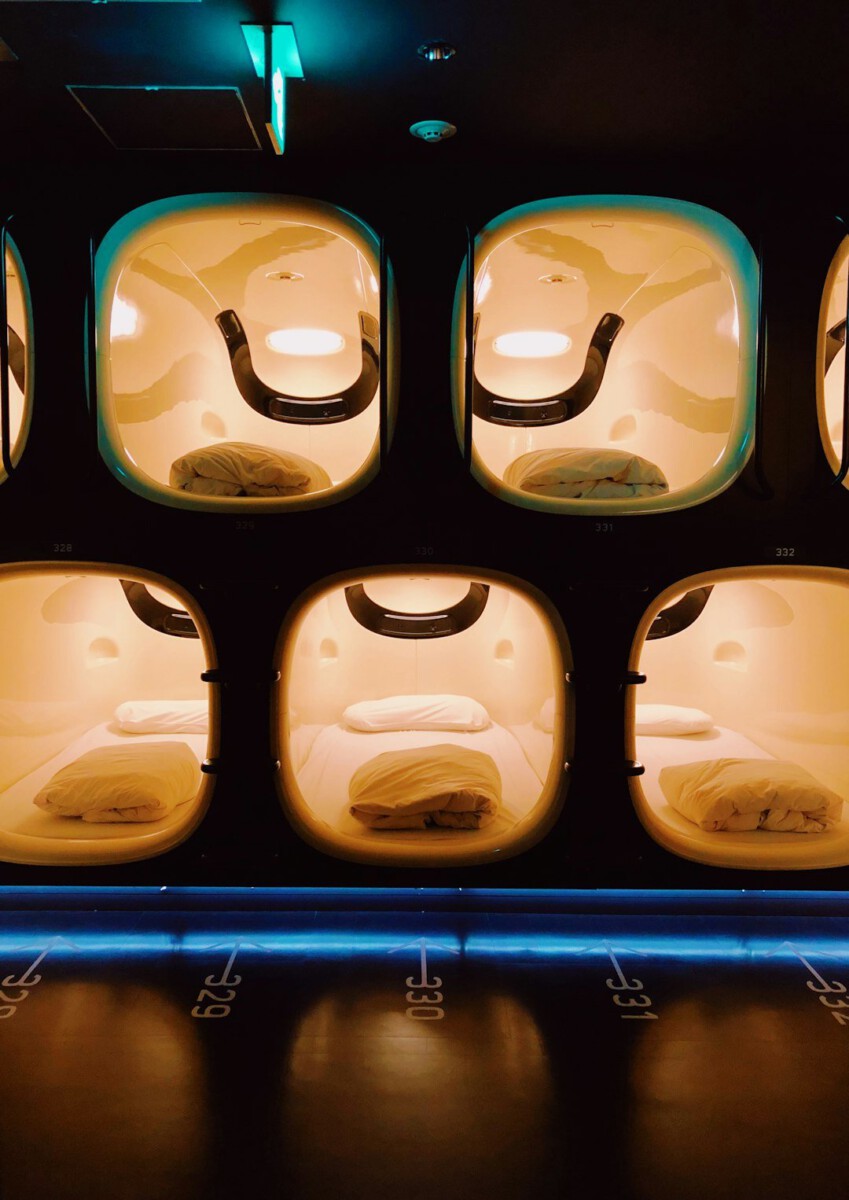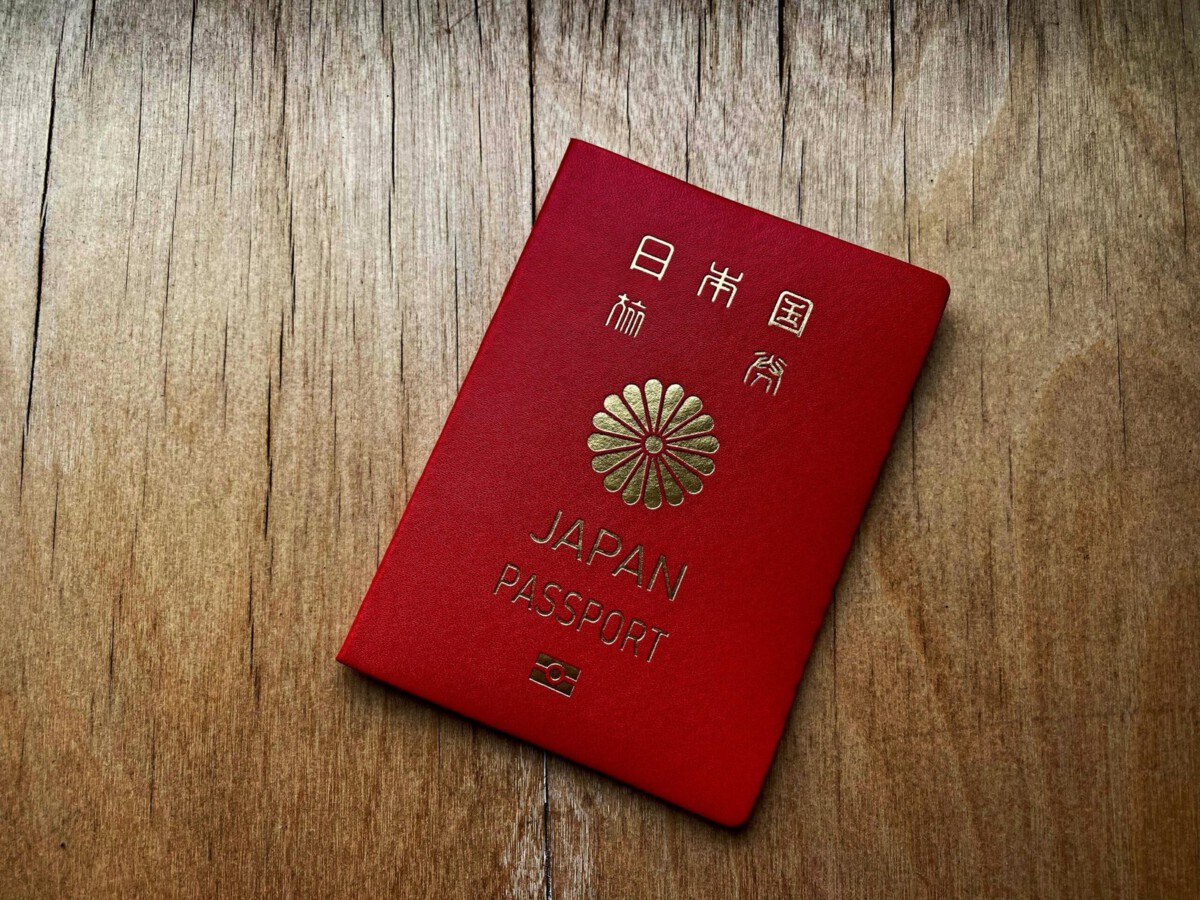The Mind-Blowing Origins of Capsule Hotels

Capsule hotels first burst onto the scene in Osaka, Japan, in 1979, and their concept was as radical then as it is practical now. Designed for people who needed a bed without the luxury price tag, these hotels stacked sleeping pods like honeycombs, maximizing every inch of real estate in crowded cities. The original vision was to help businessmen who missed the last train or tourists looking for a cheap and safe stay. Over the years, capsule hotels have become a symbol of Japan’s creative approach to urban challenges. By 2025, there are now more than 300 capsule hotels across Japan, catering to an ever-growing crowd of curious travelers. Their compact design and futuristic look instantly capture the imagination, making them an unmissable part of any trip to Japan. The experience is not just about saving money—it’s about stepping into a piece of living Japanese innovation.
Pods Packed With Technology

It’s easy to assume that small means simple, but capsule hotels are packed with surprises. Many modern capsules feature touch-sensitive lighting, adjustable climate controls, and built-in speakers for personal music enjoyment. Some even come with high-definition TVs, headphones, and USB charging ports right inside your private pod. Guests can customize their lighting to create a soothing blue glow or a warm yellow light, making the space feel truly personal. More upscale capsule hotels now offer smart mattresses that adjust firmness based on your sleep position. In some locations, you’ll find capsules with virtual reality headsets, letting you unwind with immersive experiences after a day of sightseeing. This blend of comfort and technology means you get a futuristic, high-tech stay for a fraction of the price of a standard hotel.
Impeccable Hygiene Standards

After the pandemic, Japanese capsule hotels doubled down on cleanliness, setting new industry standards for hygiene. Guests are often required to remove their shoes and store them in lockers before entering the main hotel area, a tradition rooted in Japanese culture. Staff meticulously clean capsules between guests using hospital-grade disinfectants and, in many places, UV-C light sterilization is now standard. Shared bathrooms and shower rooms are cleaned multiple times a day, and hand sanitizer stations are available at every corner. Bed linens are replaced daily, and personal amenities like towels, toothbrushes, and pajamas are individually wrapped for each guest. These strict protocols offer peace of mind and help explain why guest ratings for cleanliness average over 4.7 out of 5 on major booking platforms. You might even say Japanese capsule hotels are cleaner than many traditional hotels.
Unexpected Amenities Beyond the Capsule

Step out of your pod and you’ll discover a world of unexpected amenities. Most capsule hotels feature communal lounges with plush seating, vending machines stocked with Japanese snacks, and even manga libraries with thousands of comic books to borrow. Some offer onsen-style public baths where you can soak away your stress, while others have fitness rooms or massage chairs for relaxation after a long day. A few trendy locations, like the Book and Bed in Tokyo, double as bookstores, so you can literally fall asleep surrounded by your favorite novels. The Nine Hours chain is famous for its minimalist, space-age showers and sleek, sci-fi design. It’s not just a place to sleep—it’s an experience that makes you rethink what a “budget stay” can mean.
Prime Locations in the Heart of Japan’s Cities

Capsule hotels are strategically placed in the beating hearts of Japan’s biggest cities—Tokyo, Osaka, Kyoto, and Fukuoka. Many are found near major train stations and entertainment districts, making them the perfect base for exploring the city. For example, First Cabin Tsukiji is steps away from one of Tokyo’s most famous fish markets, while Nine Hours Shinjuku is within walking distance of the city’s busiest nightlife streets. This unbeatable convenience means you can drop your bags, freshen up, and dive right into sightseeing or shopping without wasting time on long commutes. Some capsule hotels even offer late check-ins and early check-outs to cater to busy travelers on the go.
Superb Value for Every Traveler

One of the biggest shocks to foreigners is just how affordable capsule hotels are. In Tokyo, a night in a capsule can cost as little as $25, while even the most luxurious pods rarely exceed $60 per night. This is a fraction of what you’d pay for a standard hotel room in the same area, where prices often start at $100 or more. Many capsule hotels include free Wi-Fi, toiletries, and access to lounges or saunas in the nightly rate. For travelers on a budget—students, backpackers, or solo adventurers—capsule hotels are a game changer. They offer a safe, clean, and comfortable place to stay, leaving travelers with more money to spend on food, attractions, and experiences.
Community Vibes and Social Spaces

Despite the privacy of each pod, capsule hotels are surprisingly social places. Communal lounges encourage guests to mingle, share stories, and swap travel advice. Some hotels organize movie nights, sake tasting events, or group tours of local attractions, helping solo travelers find new friends. The atmosphere is laid-back and welcoming, with a cosmopolitan mix of guests from all over the world. It’s not unusual to strike up a conversation with someone from a different continent while relaxing in a shared lounge. For many, these small moments of camaraderie are what make their capsule hotel stay unforgettable.
Women-Only Floors for Extra Peace of Mind

Recognizing the need for safety and comfort, many capsule hotels offer women-only floors or entire women-only branches. These areas provide additional security features, like separate entrances and enhanced privacy, so female travelers can feel completely at ease. The amenities are often tailored, with extra beauty products, vanity areas, and comfortable lounges. This thoughtful approach has made capsule hotels increasingly popular among solo female travelers, who appreciate both the affordability and the peace of mind. In recent surveys, over 60% of female guests rated capsule hotels as their preferred choice for solo trips in Japan.
Creative Themes and Designs

Not all capsule hotels look alike—some are downright jaw-dropping in their creativity. Tokyo’s Shinjuku area boasts capsule hotels themed after space travel, complete with neon lighting and pod doors that look like spaceship hatches. Others are inspired by traditional Japanese ryokan, featuring bamboo accents and tatami mat floors. At Manga Art Hotel in Akihabara, each capsule is surrounded by shelves of comic books, creating a paradise for manga lovers. There’s even a Hello Kitty-themed capsule hotel in Fukuoka, where every detail is pink and adorable. Themed capsule hotels turn an overnight stay into a playful adventure, making them just as popular with locals as with tourists.
Guest Reviews Paint a Vivid Picture

Travelers from around the world rave about their capsule hotel experiences. On Booking.com and Hostelworld, guests consistently praise the cleanliness, efficiency, and quirky sense of fun. Many say it’s the perfect blend of privacy and community, especially for solo travelers who want to make new friends. Some do warn that the small size of the pods can be challenging for those with large luggage or a fear of tight spaces. However, most guests agree that the novelty, comfort, and unbeatable price make capsule hotels a must-try. One American guest summed it up: “I came for the low price, but I left with a story I’ll never forget.”
The Future Is Bright for Capsule Hotels

With Japan’s urban population continuing to grow, capsule hotels are stepping up their game year after year. Many new openings in 2025 focus on sustainability, using eco-friendly building materials and energy-efficient systems to reduce their environmental impact. Others are experimenting with AI-powered check-ins, voice-activated lighting, and even robot concierges. As the world rediscovers the joys of travel, capsule hotels remain at the cutting edge of hospitality—offering a glimpse into both Japan’s past and its innovative future.






